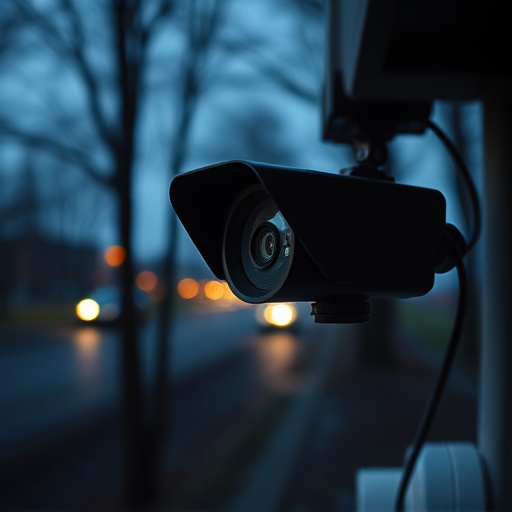Homeowners should be wary of concealed cameras near front doors, which, while enhancing security, pose ethical and legal risks by invading privacy. Strategically placed devices can capture sensitive areas without owners' knowledge, necessitating regular inspections to identify indicators like unusual hardware or off-center peepholes. Balancing security with privacy rights is crucial; compliance, consent, and transparency are essential to avoid legal repercussions and protect reputations when using concealed cameras for front door surveillance.
In today’s digital age, hidden surveillance devices have become a common concern. This article explores the most prevalent spots for discreet cameras, focusing on front door security as a key entry point. We uncover common areas where these concealed cameras are often installed, ranging from door handles to peepholes and even light fixtures. Additionally, we delve into ethical considerations and legal implications surrounding hidden cameras, providing insights crucial for both homeowners and privacy advocates.
- Front Door Security: Uncovering Concealed Camera Locations
- Common Areas for Discreet Surveillance Devices
- Ethical Considerations and Legal Implications of Hidden Cameras
Front Door Security: Uncovering Concealed Camera Locations
Many homeowners focus on securing their front doors with locks and doorbells, but they often overlook the potential for hidden surveillance devices. Concealed cameras for front doors can be strategically placed to capture entryways, driveways, and even mailboxes, providing a false sense of security if left undetected. Be vigilant in looking for unusual hardware or wiring around your door frame, peepholes that seem off-center, or subtle markings on the door itself—all potential indicators of hidden cameras. Regularly inspecting your front door area with a critical eye can help you identify and mitigate these risks to your privacy.
Common Areas for Discreet Surveillance Devices
In the quest to ensure home security, many homeowners are turning to concealed cameras for front door installations. The front door is a logical entry point for intruders, making it a prime location for surveillance devices. Discreetly placed cameras can offer peace of mind by capturing clear images and footage of visitors before they enter your home. Common spots for these hidden surveillance devices include the upper corners of doors or windows, where they are less likely to be noticed by passersby.
Additionally, side gates or fences leading into your property are other strategic locations. These areas often provide a view of the approach to your house, allowing you to monitor unexpected visitors or potential delivery personnel. With advanced technology, these cameras can now blend seamlessly into surroundings, offering both functionality and aesthetic appeal, ensuring maximum security without compromising on home design.
Ethical Considerations and Legal Implications of Hidden Cameras
While concealed cameras, particularly those placed near front doors, can offer enhanced security and peace of mind for homeowners, there are significant ethical considerations and legal implications to keep in mind. The use of hidden surveillance devices raises privacy concerns as they capture unannounced visual data of individuals going about their daily lives, whether invited guests or unsuspecting passersby. This invasion of privacy can be seen as a breach of trust and a violation of civil liberties.
In many jurisdictions, the placement and operation of concealed cameras are subject to strict regulations. Laws regarding surveillance technology often focus on balancing security needs with individual privacy rights. Homeowners installing hidden cameras must ensure compliance with local laws, respect for consent, and transparency in their use. Failure to do so can lead to legal repercussions and damage to one’s reputation due to perceived overreach or abuse of surveillance technology.
In exploring common spots for hidden surveillance devices, from front door security to everyday areas within homes and businesses, it’s clear that discretion is key. While concealed cameras can offer valuable peace of mind and enhance safety, the ethical considerations and legal implications cannot be overlooked. As technology advances, understanding where these devices are most likely to be located becomes essential for maintaining privacy and ensuring compliance with regulations. In light of this knowledge, being vigilant and informed can help protect individuals from unintended surveillance while promoting responsible use of technology.
